Conclusion
Image Welch Bridge Shrewsbury. Thomas Harral, Picturesque Views of the Severn, 1824
The picture of the navigation that emerged from 40 or so years of research is complex, but necessarily incomplete. It will doubtless be amended by future generations. It is possible, if unlikely, that new sources may be uncovered – the records of the trustees of the towpaths below Coalbrookdale would be particularly valuable and it is virtually certain that Chancery cases have more to reveal. Digitally-aided family reconstitution may uncover patterns of relationships among bargemen that current historians have failed to notice. Archaeology, the examination of riverside buildings, wharfs and sections of towpath, still has much to reveal. A broader understanding of the Severn Navigation has emerged from the study of sources that became available between 1965 and 2005. It is to be hoped that in coming decades this understanding may be broadened and deepened.
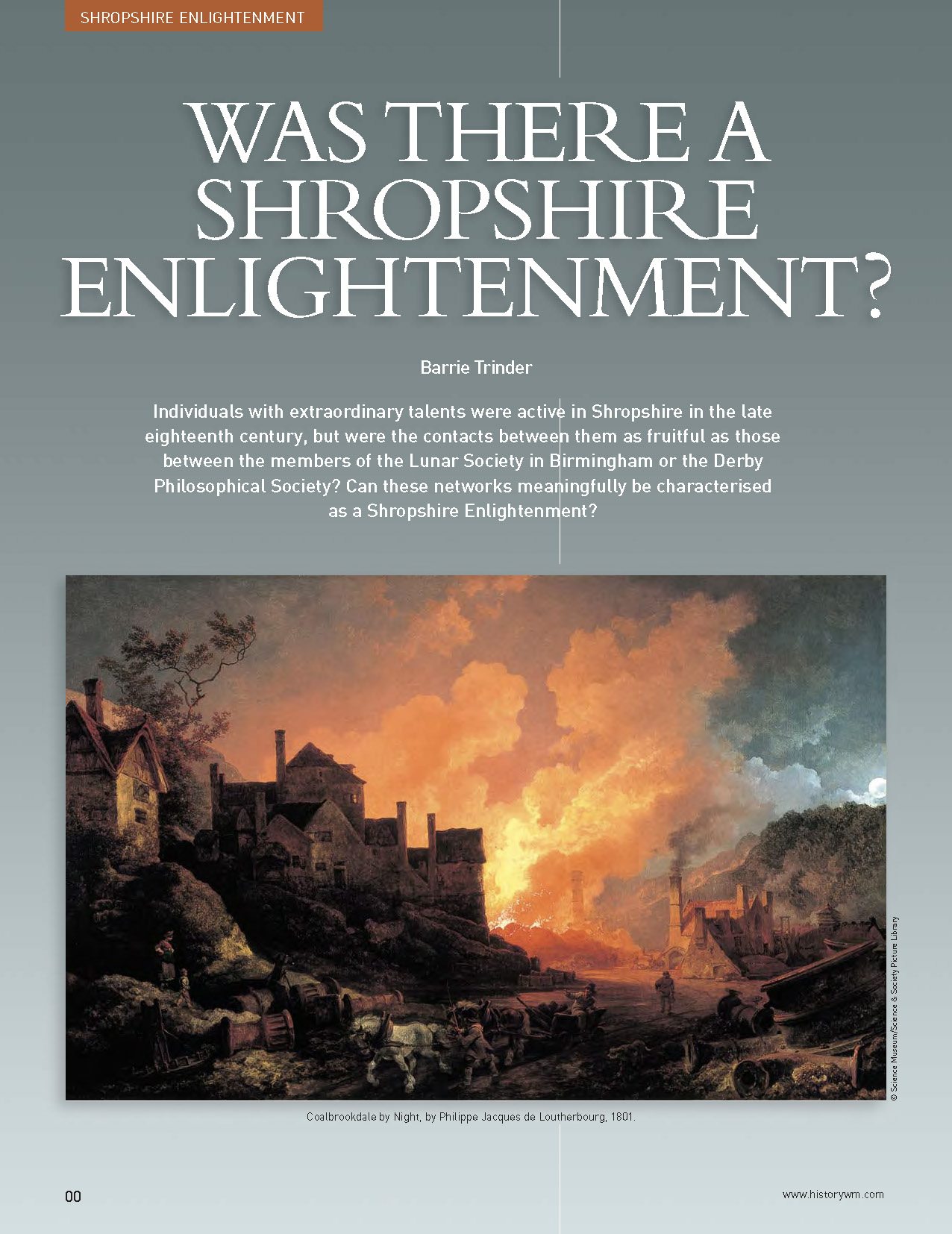 Download the article
Download the article
Was there a Shropshire enlightenment?
By Barrie Trinder
Continue browsing this section
 Reflections on the Surface: reviewing the River Severn’s history
Reflections on the Surface: reviewing the River Severn’s history
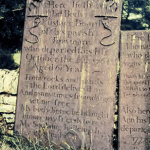 Investigating the Severn
Investigating the Severn
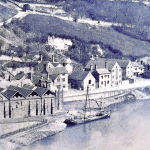 Important Sources
Important Sources
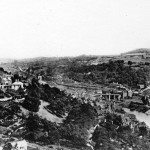 Charting the Severn Riverscape
Charting the Severn Riverscape
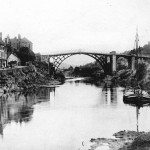 River Traffic
River Traffic
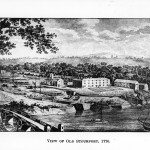 The Severn Trade
The Severn Trade
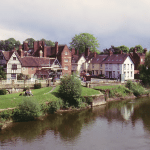 Shop goods and transit cargoes
Shop goods and transit cargoes
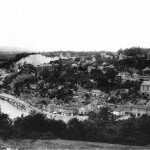 The Coal Trade
The Coal Trade
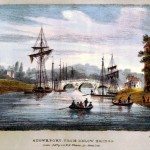 Understanding the Vessels
Understanding the Vessels
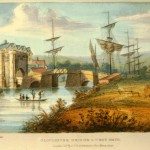 Understanding the watermen
Understanding the watermen
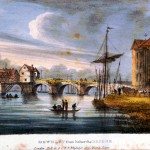 Varieties of Severn History
Varieties of Severn History
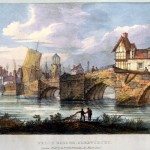 Conclusion
Conclusion
Sources and Further Reading
Trinder, Barrie, Barges & Bargemen: a social history of the Upper Severn Navigation 1660- 1900 (Phillimore, 2005).



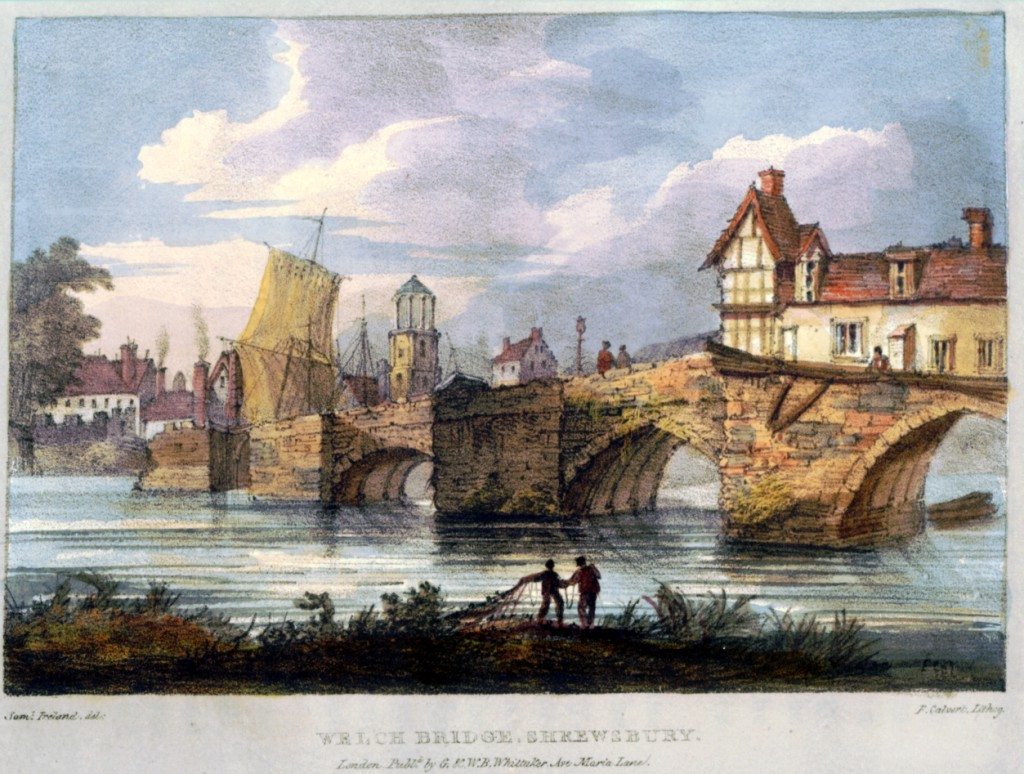
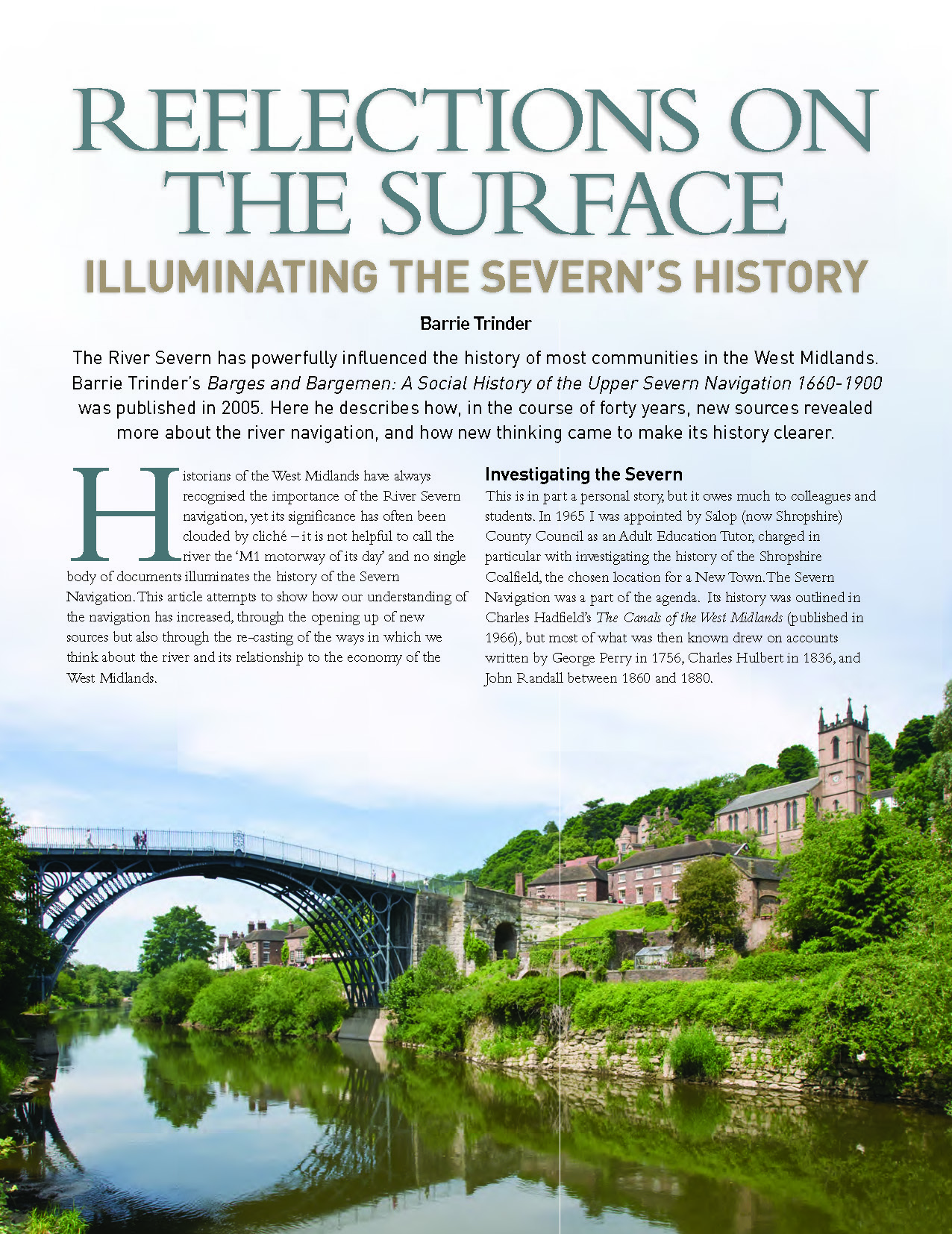 Download the supplement
Download the supplement

